In recent years, TV boxes have become increasingly popular among consumers. However, with so many options available in the market, it's easy to fall into some common traps. Many users have shared their frustrations about being misled by unscrupulous sellers. After personally testing both Xiaomi and Taijie boxes, I've compiled a list of the most common pitfalls you should be aware of. Understanding these issues can help you avoid spending money on subpar products.

**1. Cheaper Boxes Use Lower-Quality Components**
Many budget-friendly TV boxes use low-quality materials and components. Even if they claim to have high specs, the performance often falls short over time. These devices tend to run out of memory quickly, leading to lag and system freezes after just a few months of use. It’s important to look beyond the price tag and consider the long-term reliability of the device.
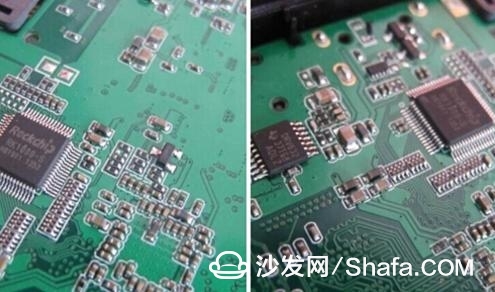
**2. Poorly Optimized Systems Are Hard to Use**
Some TV boxes come with overly complicated interfaces filled with ads and pre-installed apps. This not only makes navigation difficult but also makes it hard for elderly users or children to operate. A well-optimized system should be intuitive and user-friendly, allowing everyone to enjoy their content without hassle.
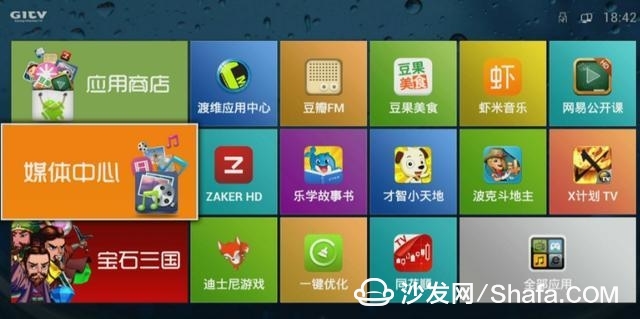
**3. Inadequate Heat Dissipation Leads to Shorter Lifespan**
Heat management is crucial for any electronic device. If a TV box doesn’t dissipate heat properly, it can overheat, slow down, and even damage internal components. Many low-cost models lack proper cooling systems, which can significantly reduce their lifespan. Always check for good ventilation and thermal design before purchasing.

**4. Outdated Models with Old Technology**
Some manufacturers produce outdated models using old technology, which struggles to handle modern content. This leads to frequent crashes, black screens, and poor performance. It's essential to choose a model that supports current video formats and has sufficient processing power.
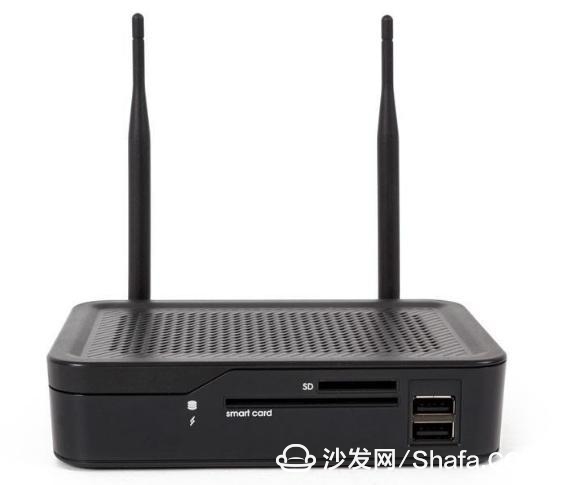
Now, let’s take a closer look at the experience of using the Xiaomi and Taijie boxes.
**1. Video Playback Experience**
The Taijie box stands out for its smooth video playback. There are no annoying ads during video loading, and the boot-up time is quick. Videos, including HD and Blu-ray content, start playing within seconds, showing strong decoding capabilities. Overall, the video quality is excellent and very satisfying.

On the other hand, the Xiaomi box has slower decoding speeds, especially when it comes to high-resolution videos. While it still performs well for standard content, higher clarity may cause some delays. However, the content library is vast and diverse, making it a solid choice for those who prioritize variety.

**2. Thermal Performance Comparison**
The Taijie box features a dedicated heat dissipation design, with cooling vents around the unit to ensure efficient heat transfer. This helps maintain stable performance even under heavy usage.
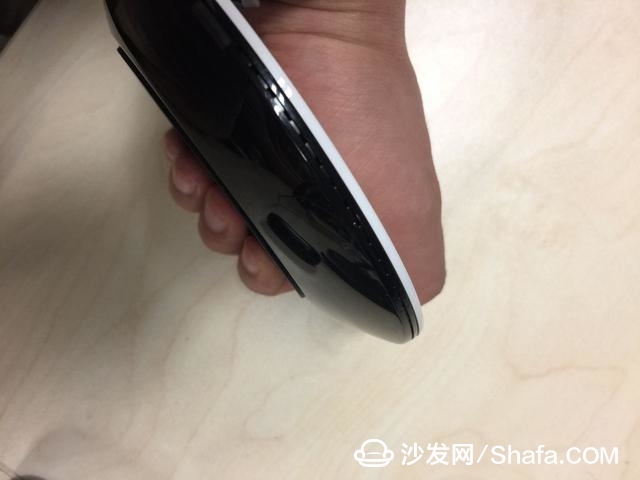
In contrast, the Xiaomi 3S model lacks a special heat vent, leading to potential overheating. While this doesn't severely impact video playback, it’s something to keep in mind if you plan to use the box for extended periods.
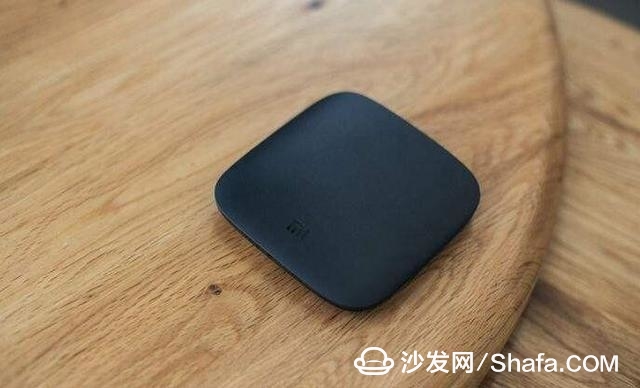
**3. Ease of Use**
The Taijie box focuses on simplicity. Upon startup, it displays "Watch Anytime" and "Taiwan Video," with minimal extra features. This makes it ideal for families with elderly members or young children who prefer straightforward operation.
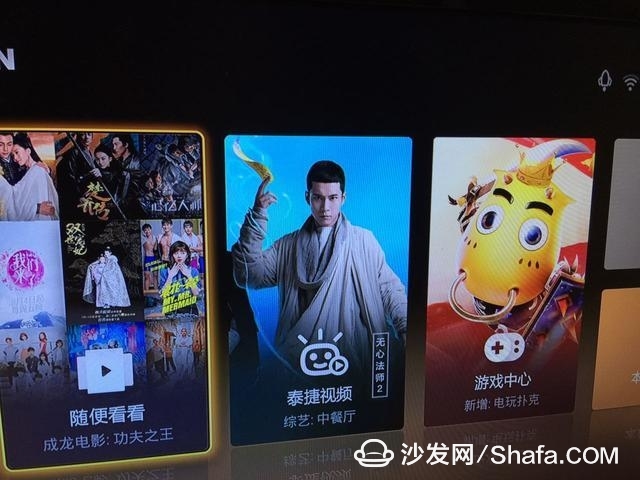
The Xiaomi interface, known as "PatchWall," offers a wide range of categories such as movies, dramas, and shopping. While more complex, it’s still user-friendly once you get used to it.

For more information on smart TVs and TV boxes, visit [Smart TV Information Network](http://), a leading platform for smart TV and TV box news, reviews, and support.
Photovoltaic Dual-Axis Tracking Bracket
Photovoltaic Dual-Axis Tracking Bracket,Completed Double axis System,Double axis System application,components of Dual Axis Solar Trackers
Hebei Shuobiao New Energy Technology Co., Ltd. , https://www.pvbracketsystem.com